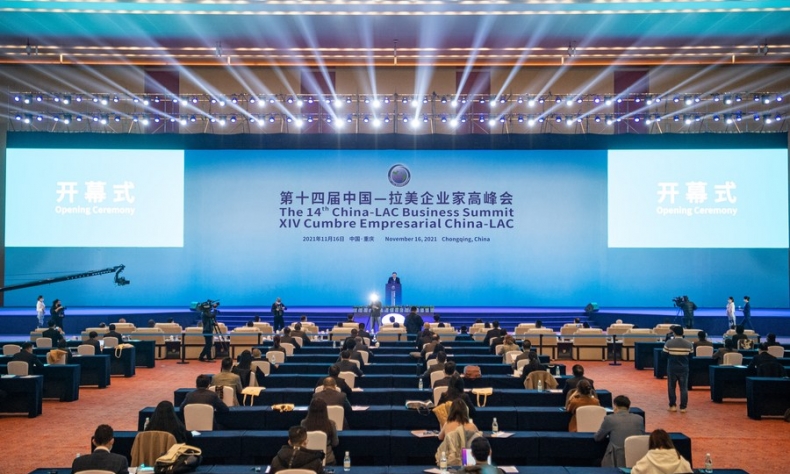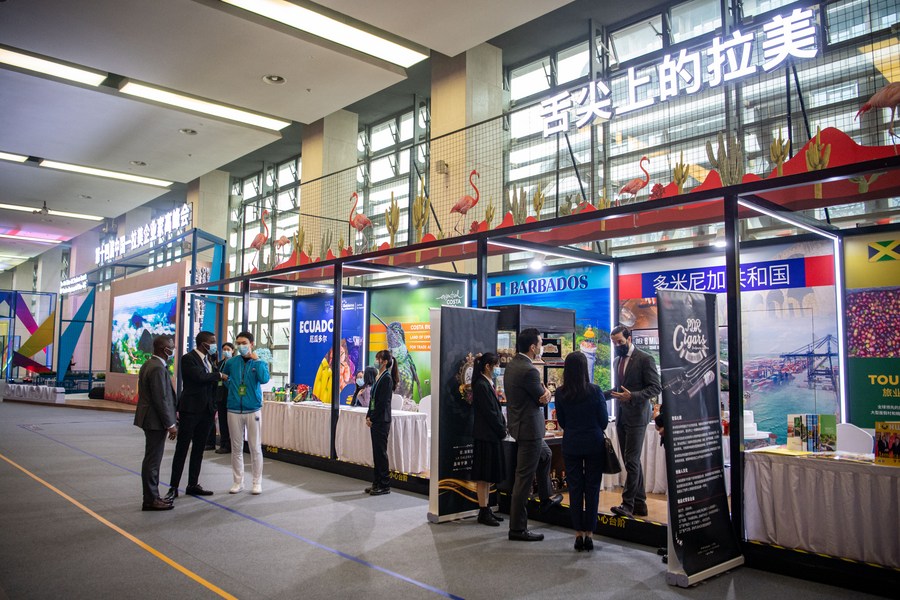Cooperation Under the BRI

The trend-bucking growth of trade between China and the LACs amid worldwide pandemic ravages bodes well for future win-win cooperation between both parties.
During a high-level symposium on the Belt and Road Initiative (BRI) on November 19, President Xi Jinping issued a review of the initiative since its proposal in 2013 and also extended some further guidance on future endeavors.
In the past eight years, countries along the BRI traversing Asia, Africa and Europe have benefited a lot from it. Particularly during the outbreak of the COVID-19 pandemic, relevant projects helped prop up regional economic growth as well as the world economy by large. Comparatively, Latin American and the Caribbean countries (LACs) have achieved far less than those immersed in the BRI collaborative network.
According to customs data, in 2020, imports and exports between China and BRI partner countries exceeded $1.3 trillion, with ASEAN and the EU standing out in terms of economic and trade exchanges. Although trade between China and the LACs witnessed a growth of 2 percent over the same time period and China is the continent’s second largest trading partner, commerce between China and the LACs still accounts for less than 10 percent of China’s total business exchanges with BRI participants.
Investments tell a similar story. In 2020, Chinese companies signed 5,611 projects with countries located along the BRI, amounting to $141 billion, but those signed with Latin American countries only accounted for less than 1 percent of that figure.

Following its initial announcement, the BRI was warmly embraced by countries across Asia, Africa and Europe. Yet it wasn’t until 2017 that the BRI launched its communication with Latin America, formally inviting the LACs to come on board in January 2018 during the second ministerial conference between China and the Community of LACs. Today, 19 countries in the region have signed a memorandum of understanding on the BRI.
China is the biggest developing country in the world, while Latin America hosts a high concentration of emerging and developing economies on the planet. Development is thus their natural common denominator. Under the BRI framework, both sides can lift their common prosperity via the new development model of consultation, contribution and shared benefits.
At the present stage, the two sides still struggle to establish a full-fledged eye-to-eye communication due to political, linguistic and cultural differences. Accordingly, they need to foster overall exchange throughout various aspects. The shortage of Chinese staff familiar with Latin American business practices further hampers the development of more in-depth communication between the two sides. Similarly, the LACs’ knowledge of China has been heavily swayed by Western media coverage. Moreover, close China-LACs cooperation is considered unwelcome by some in the U.S., at times even resulting in a display of hostility. This further dampens the spirit underlying any BRI-related endeavors on the part of China and the LACs .
However, as President Xi pointed out during the symposium, the themes of the times remain unchanged and the general trend of economic globalization continues. In this context, it’s absolutely plausible for both sides to take advantage of the BRI, brace their bond of partnership and join hands to cope with various difficulties. The trend-bucking growth of trade between China and the LACs amid worldwide pandemic ravages bodes well for future win-win cooperation between both parties.
 Facebook
Facebook
 Twitter
Twitter
 Linkedin
Linkedin
 Google +
Google +










